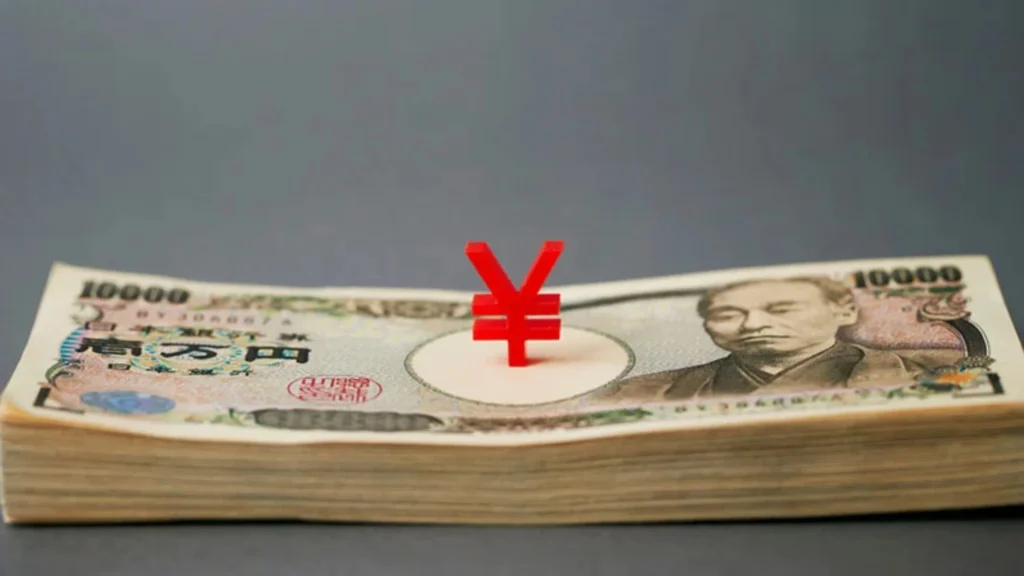The Japan’s Yen, long seen as a safe haven and a top trade for 2025, is now facing a reality check as short-term headwinds erode confidence in its near-term performance.
What’s Going Wrong?
- BOJ’s Cautious Stance: After a rate hike in January, the Bank of Japan is hesitating on further tightening due to fears over U.S. trade tariffs and domestic political uncertainty.
- Trade War Tensions: U.S. President Trump’s threats of 30%-35% tariffs on Japan’s Yen imports, especially autos, could derail Japan’s economy and delay BOJ normalization.
- Negative Carry: Holding yen against higher-yielding currencies like the USD (rates above 4%) is expensive — Japanese bonds yield just ~0.5%.
- Flat Movement: After a strong rally in April (yen jumped 9%), the currency has stalled, leaving many traders with costly, stagnant positions.
Positioning Trends
- Net long yen positions have fallen to $11.4 billion from $15.7 billion in April.
- Investors are scaling back or actively managing positions to avoid carrying losses from interest rate differentials.
Still a Long-Term Bet?
- Most analysts remain bullish long term, expecting yen strength as the Fed eases and Japan tightens — but the timeline has stretched.
- The options market is reflecting renewed interest, with demand rising for structured trades that benefit from a sharp yen appreciation.
“We still like the trade… any sell-off is a buying opportunity.”
— Matthias Scheiber, Allspring Global
“The yen is waiting for a catalyst — US-Japan trade talks will likely decide the next big move.”
— Moh Siong Sim, Bank of Singapore
The Bottom LineThe yen remains a compelling macro trade — but no longer a quick win. Investors betting on a surge must weigh costly carry, geopolitical risk, and central bank caution against a longer-term payoff.
Read More : Hong Kong Retail Struggles Amid Shifting Consumer Trends & Save Big on Your mCaffeine Order with Exclusive Coupons!
